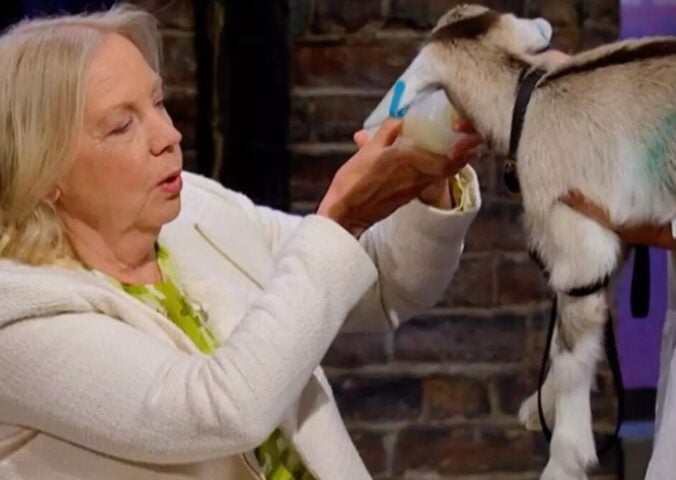Orangutans are facing extinction – with one expert saying it could happen within 10 years and others saying within decades – with habitat loss cited as a major cause among others.
The animals are categorized as ‘critically endangered’ by the World Wildlife Foundation (WWF). There are three types of orangutans, with the most recent data putting population figures at around 104,700 (Bornean), 13,846 (Sumatran), 800 (Tapanuli).
A declining population
According to Orangutan Foundation International (OFI), the world’s wild orangutan populations once ‘likely included upward of hundreds of thousands of individuals’.
It estimates that in the last 50 years alone, orangutan populations have probably decreased by 50 percent in the wild.
“Although past climate shifts may have been responsible for some of this decline, orangutans are primarily threatened by human activities and development that cause the loss and degradation of their forest habitats,” says OFI.
Reasons for their disappearance
“The habitats of Asia’s only great apes are fast disappearing under the chainsaw to make way for oil palm plantations and other agricultural plantations,” says WWF.
The scale of the deforestation is huge, with reports saying over 25 percent of Indonesia’s forests – around 76 million acres – have disappeared in 25 years.
“Illegal logging inside protected areas and unsustainable logging in concessions where orangutans live remains a major threat to their survival,” adds WWF. “Today, more than 50 percent of orangutans are found outside protected areas in forests under management by timber, palm oil and mining companies.”
Orangutans in danger
In addition, the animals are facing further sinister threats from humans, with the WWF citing hunters and the illegal wildlife trade among other issues.
“Orangutans are an easy target for hunters because they’re large and slow targets,” says the organization. “They are killed for food or in retaliation when they move into agricultural areas and destroy crops. This usually occurs when orangutans can’t find the food they need in the forest.
“Females are hunted most often. When caught with offspring, the young are often kept as pets. The pet trade is a major problem. It is thought that for each orangutan reaching Taiwan, as many as three to five additional animals die in the process.
“Recent enforcement of the law in Taiwan has reduced the importation of orangutans, but the trade remains a threat in Indonesia where there is still demand for orangutans as pets. There is also trade in orangutan skulls in Kalimantan (Indonesian Borneo).”
Facing extinction within a decade
The huge challenge facing orangutans was brought to light in 2016 when the Bornean orangutan joined the Sumatran orangutan on the ‘critically endangered list.
Speaking at the time, Alan Knight, Chief Executive of the charity, International Animal Rescue (IAR), said the animals were on the ‘precipice of extinction’.
He added: “If the current destruction of the rainforest continues, then I have absolutely no hope that any orangutans will remain in the wild.
“I would probably say [they have] 10 years if we cannot stop the destruction. I think the Sumatran will go before then if they don’t sort out the situation they are in. It’s a real struggle and we are losing the battle.”
New species
Following the 2016 report, in late 2017, the existence of the Tapanuli orangutan was officially announced by an international team of scientists. But its population was so low, it was already in peril.
Nilanga Jayasinghe, Senior Program Officer for Asian species, WWF, said: “This discovery not only demonstrates how much we still don’t know about the biodiversity on our planet, but also sheds further light on the precarious position species like the Tapanuli orangutan are in as their forest homes are increasingly threatened by conversion.
“It’s critical to address the many threats to their habitat if we want to secure their future.”
Still in danger
By 2018, experts were still extremely concerned about the animals, following a study showing that nearly 150,000 animals have been lost from Borneo’s in 16 years.
“I expected to see a fairly steep decline, but I did not anticipate it would be this large,” Professor Serge Wich, a co-author on the report at Liverpool John Moores University, told The Guardian.
“When we did the analyses, we ran them again and again to figure out if we had made a mistake somewhere. You think the numbers can’t be that high, but unfortunately they are.”
However, Wich believed the situation was salvable with intervention, saying: “We know this decline has been largely due to hunting, and if we can turn that around, these orangutans could, over a long period, bounce back. When you lost the habitat, it’s gone forever, but the forests are still there. If we can stop the hunting and killing, we can reverse the trend.”
Another threat
Earlier this month, it was announced that Tapanuli orangutans were facing a new crisis, when an Indonesian court approved a dam project that campaigners say could ‘push the animals towards extinction).
The dam will be built in North Sumatra’s Batang Toru forest, which is home to all remaining 800 Tapanuli orangutans.
Speaking to the BBC, Professor Serge Wich said: “The dam will put the orangutans on a firm path to extinction.”




